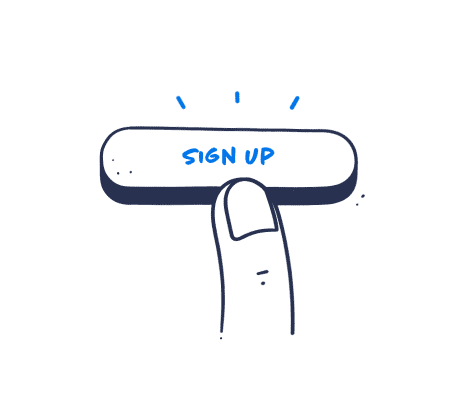The Notebook
on Animation
Hard-earned insights from our notebook
about animation and explainer videos.
Hands-on, honest and condensed.
Hire a good copywriter or become one
The importance of good copywriting cannot be overstated. Your script should be sharp, catchy, inspiring, and persuasive. This requires both expertise and experience in copywriting for animation. A good animation script isn’t just a collection of sentences; it’s a narrative. Copywriters can build a compelling story that keeps viewers engaged. Moreover, experienced copywriters understand how words and visuals work together. They ensure the script flows smoothly, with logical transitions and a clear progression of ideas. They can write scripts that complement the animation’s visuals, enhancing the overall impact.
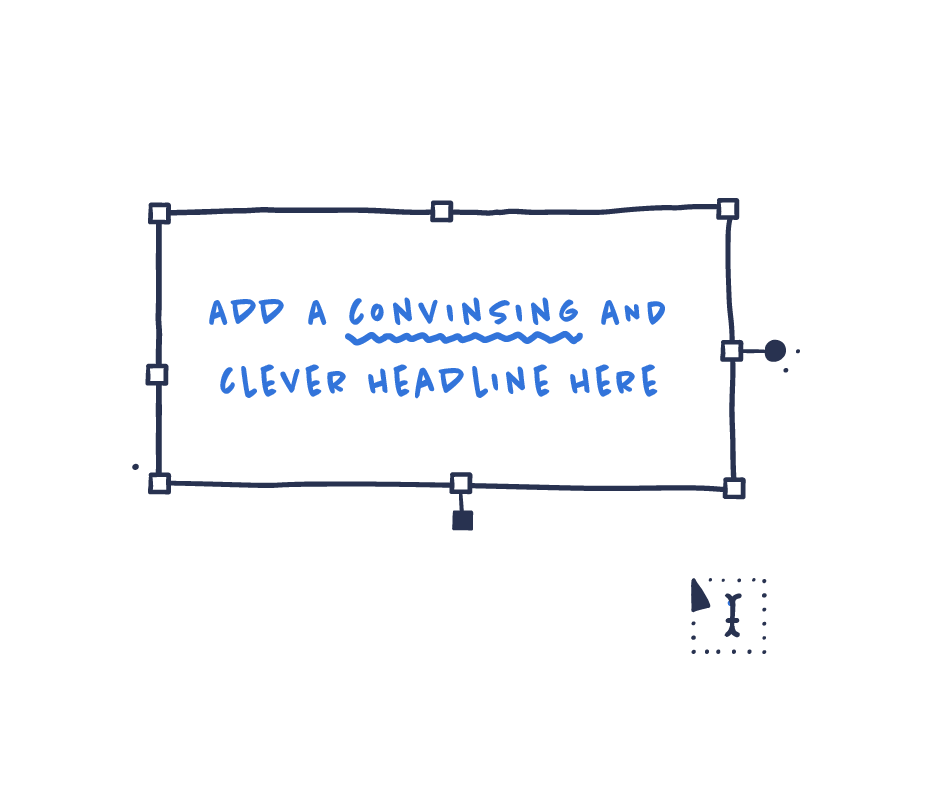
Use figurative language with caution
Figurative language can be problematic in scripts, as it can dictate and limit the visualization. Instead, use simple, straightforward, and descriptive language, allowing for more open visual interpretation in the storyboard. Be extra careful with figurative language clichés. Clichés, due to their overuse, lose their power and become weak and ineffective. We’ve heard it all before.

Tell a story
A strong narrative is crucial in animated explainer videos. Don’t simply give out information; tell a story that will be remembered. Even technical content can benefit from a captivating story. Crafting a compelling story means creating a beginning that draws people in, a middle that keeps them engaged, and an ending that leaves them feeling both satisfied and enlightened.

Read your script aloud
An effective way to test your explainer video script is to read it aloud and record yourself. Listen back critically to evaluate what works and what doesn’t. This helps you identify if the script flows well and if the language sounds natural when spoken. Adjust until it sounds right.

Write the first draft without editing
Writing the first draft of your script in one go is a great way to get started and unleash your creativity. Don’t worry about making it perfect – this is just about getting your ideas down on paper. Write down everything that comes to mind, without filtering. Once you’ve completed your first draft, you can sort through your ideas and decide what to keep and what to leave out.

Get to the point
In an age of dwindling attention spans, it’s preferable to get to the point quickly. Avoid lengthy introductions and unnecessary chatter. Your audience wants to know the key point right away. By jumping straight into the heart of your message, your viewers will understand what information you’re providing and will be more likely to stick around for the rest of your video.
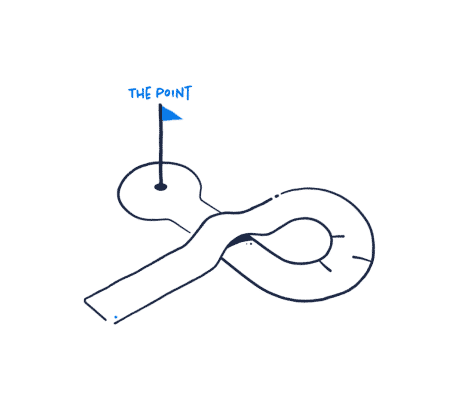
Use humour (in moderation)
Humour is a powerful tool to engage your audience, but it needs to be used wisely. Too much wit can detract from the message you are trying to convey and undermine your credibility. However, a well-placed joke or clever quip can make your audience react emotionally, listen more closely, and remember your content long after they’ve watched your animation.

Start with a title
While it’s tempting to dive right into the script writing, creating a strong working title from the start will keep your script focused. Your title should convey the main message of your video in a single headline. Keep in mind that your title may change during the writing process, but having a good one from the start will ensure you stay on track and remain true to your message while writing.

Share the benefits, not the features
Rather than caring about the technical specifications themselves, your audience simply wants to know how your offering can improve their lives. So, instead of listing technical details, highlight the ways in which your product or service can solve a problem or make their lives easier. Replace “100GB of storage” with “Plenty of space to safely store your family photos.”
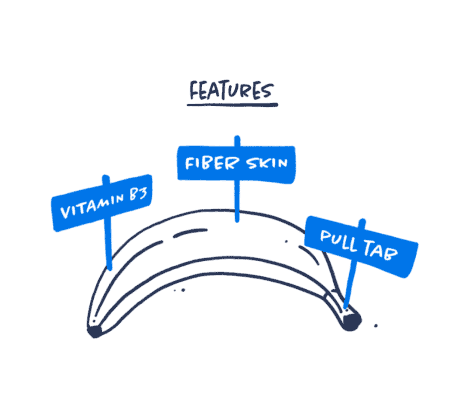
Trim, trim, trim
An effective explainer video is short, concise and rarely over two minutes long. Although it’s difficult to do, when making an explainer video you need to trim your content so that only the essential information is left, and anything redundant is removed. Keep asking yourself: Is it essential to the story? If not, leave it out. A perfectly trimmed story will be concise, convincing and so much more powerful.
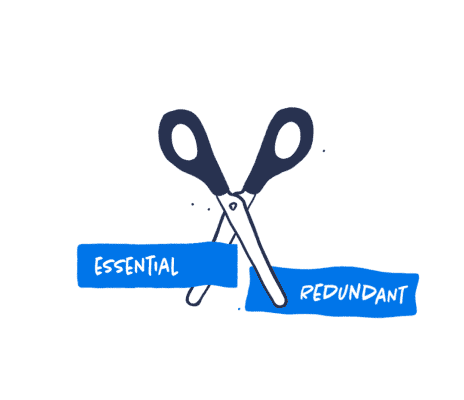
Write the way you talk
Write in a conversational tone that mimics everyday speech. Avoid using complex words; instead, opt for simple, common language. You want your script to be friendly. Write the way you would talk to your friends. Additionally, using conjunctions can help the text to flow more smoothly and sound more natural when spoken aloud.

Make it short and snappy
Your audience is most likely to come across your video online, in the realm of short attention spans. Keep your story short to keep your audience hooked. Only include essential elements and avoid giving lengthy explanations or complicated backstories. If you have more to say, then link to a page with more information.

Get feedback
Don’t rely solely on your own judgement; ask others for feedback. Getting input from someone who is not familiar with the subject can help you identify any areas that may be unclear or confusing. Embrace feedback as an opportunity to improve your script and make your video more effective.

Explain the problem
When creating an explainer video for a product or service, it’s important to first explain the problem it solves. By explaining the problem right away, viewers will quickly learn that your message is relevant to them and worth their attention. You can then present your solution in a much more compelling way.

Inject emotion
Whether it’s making them laugh or pulling on their heartstrings, an emotional response keeps your audience hooked. The key is to tell a good story using your tone, language, anecdotes, or any other storytelling devices that incorporate emotion. Remember, your goal is to create a connection with your audience that they will remember long after the video has ended.
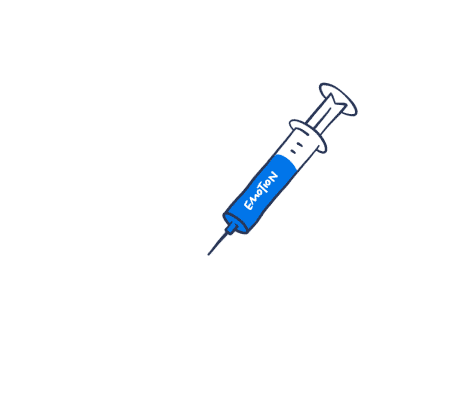
Explain like I am five
Explaining complex ideas can be challenging. However, simplifying the content as if explaining it to a five-year-old is an effective approach. This forces you to strip away jargon, technical terms, and overly complicated sentence structures. Instead, use basic, straightforward terms and relatable analogies or examples to illustrate the concept.

Stay on brand
Make sure that the script is in line with your brand image. The language you use is just as much a part of your identity as the design, colours, music and so on. Everything needs to give a consistent message. The tone of voice in the script will also be affected by the content, the context and the audience, but it should never conflict with your brand identity. If you’re a fun brand, keep the tone light and use a bit of humour. If your brand is more serious, keep it professional.

Use short and simple sentences
Even though your story might be technical and complex, in a script, short, simple sentences work best. Avoid complicated phrasing and keep your sentences concise. This helps the audience understand your point more easily. Simple sentences also leave room for the visuals to have a greater impact.

Give a clear call to action
Whether you want your audience to learn more, submit information, subscribe, or visit your website, make sure to clearly communicate what you want them to do. A call to action is essential in turning your viewers into customers or supporters. Make it compelling by highlighting what they will gain from taking this next step.
